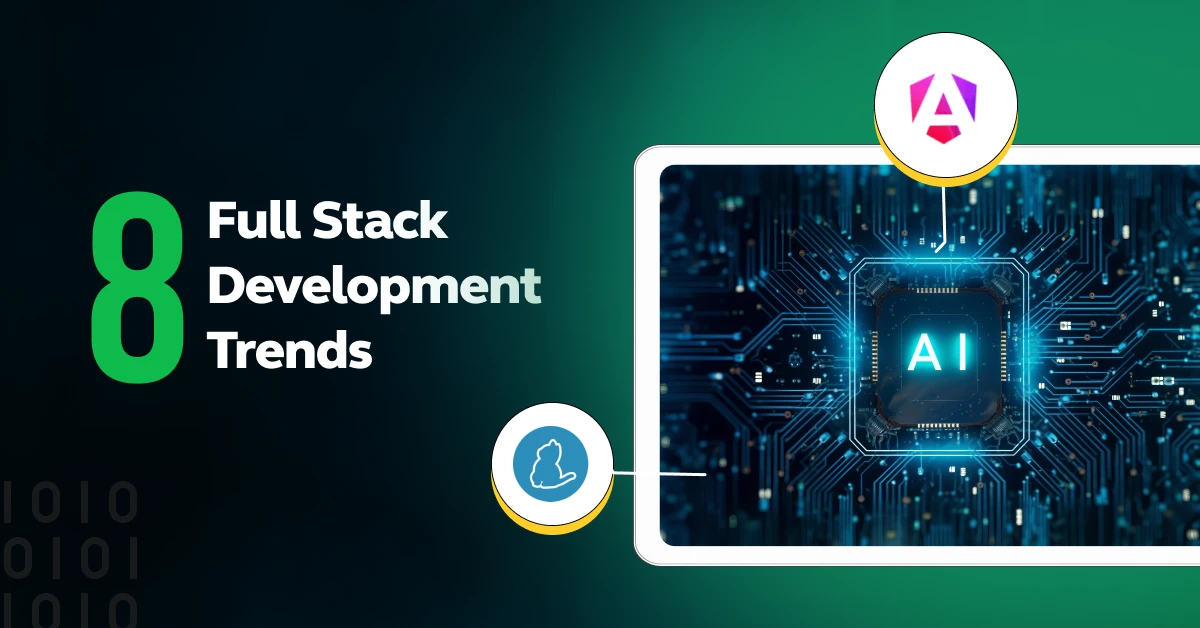
Top Full Stack Development Trends for 2025: What to Expect
Mar 11, 2025 4 Min Read 12296 Views
(Last Updated)
In the ever-evolving world of technology, developers must stay up-to-date with the latest trends. Full stack development, which involves creating software systems or web applications that encompass both front-end and back-end components, is no exception.
As we enter 2025, several emerging full stack development trends are set to shape the landscape. In this article, we will explore these full stack development trends and discuss what developers can expect in the coming year.
Table of contents
- Top 8 Full Stack Development Trends
- Artificial Intelligence in Full Stack Development
- Low-Code and No-Code Tools
- Internet of Things (IoT) Integration
- Advancements in AI Chatbots
- Evolving Frameworks: Angular 17 and Beyond
- Yarn Package Manager for Efficient Dependency Management
- The Rise of Static Website Generators
- Voice User Interface (VUI) and Voice Search
- Concluding Thoughts...
- FAQs
- What is the best stack in 2025?
- What is the trend in programming in 2025?
- Which full-stack has the highest salary?
- Will full-stack developers be replaced by AI?
Top 8 Full Stack Development Trends
Let us now start discussing about all the full stack development trends that made it to our list:
1. Artificial Intelligence in Full Stack Development
Artificial intelligence (AI) has been a hot topic in the tech industry for quite some time, and it continues to make waves in the world of full stack development.
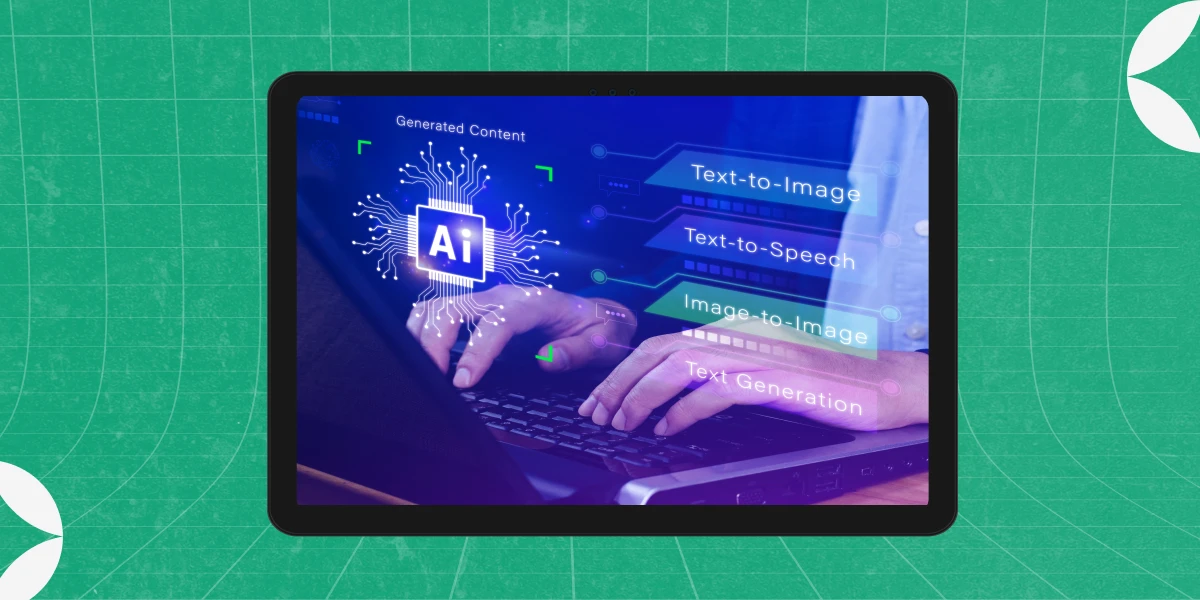
- In 2025, we can expect AI to play a significant role in various aspects of software development. With advancements in generative AI technology and the availability of AI programming tools like GitHub’s Copilot, developers will have easier access to AI-powered solutions.
- One area where AI is expected to have a significant impact is data analytics. AI algorithms can analyze vast amounts of data and provide valuable insights, helping businesses make informed decisions.
- Additionally, AI-powered chatbots are becoming increasingly sophisticated, offering enhanced customer support and automation capabilities.
- To stay ahead in the field of full stack development, developers should familiarize themselves with AI concepts and tools.
- By leveraging AI in their projects, developers can create more intelligent and efficient applications that deliver a better user experience, making it one of the topmost full stack development trends.
Must Read: How To Become A Full Stack Developer?
2. Low-Code and No-Code Tools
The rise of low-code and no-code tools is revolutionizing the way software is developed. These tools enable developers to build applications with minimal coding, making development faster and more accessible to individuals with limited programming experience.
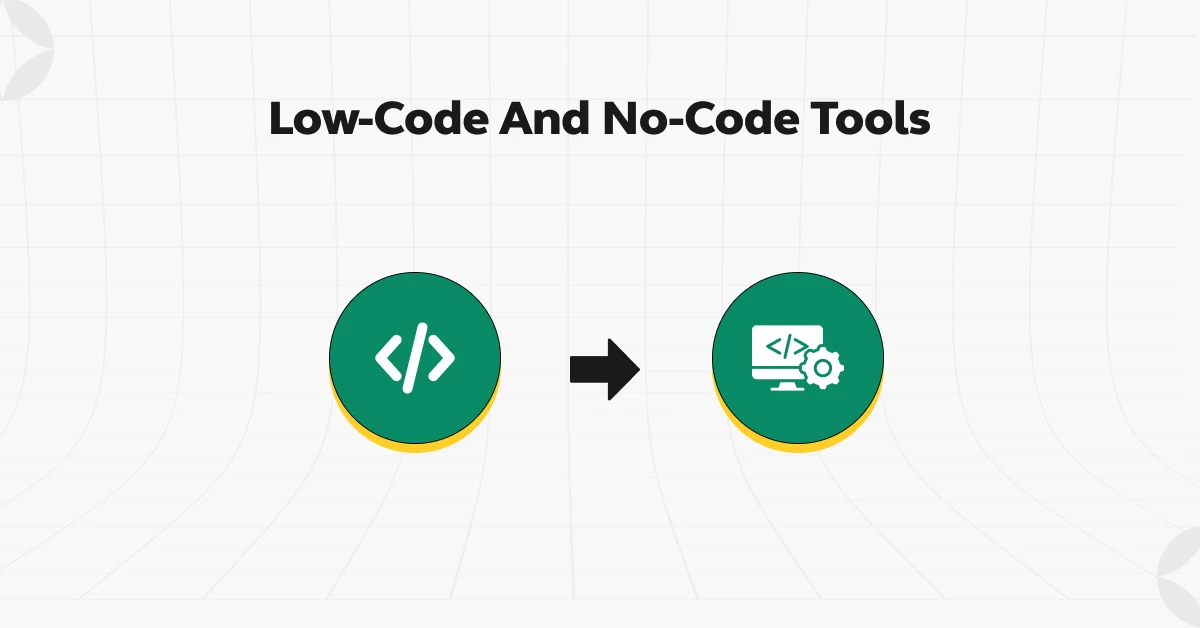
- While some may argue that these tools may replace the need for traditional coding skills, they create new opportunities for developers.
- Low-code and no-code tools empower developers to focus on higher-level tasks, such as architecture design and system integration, rather than spending time on repetitive coding tasks. This allows developers to be more productive and focus on creating innovative solutions.
- In 2025, the low-code market is projected to reach a staggering $148.5 billion, indicating the growing demand for these tools.
- As a full stack developer, it is essential to adapt to this trend and familiarize yourself with popular low-code platforms, such as Mendix, OutSystems, and Microsoft Power Apps.
Also Read | Best AI Tools for Students 2025
3. Internet of Things (IoT) Integration
The Internet of Things (IoT) has been a buzzword for years, and its impact on full stack development is only going to increase in 2025.
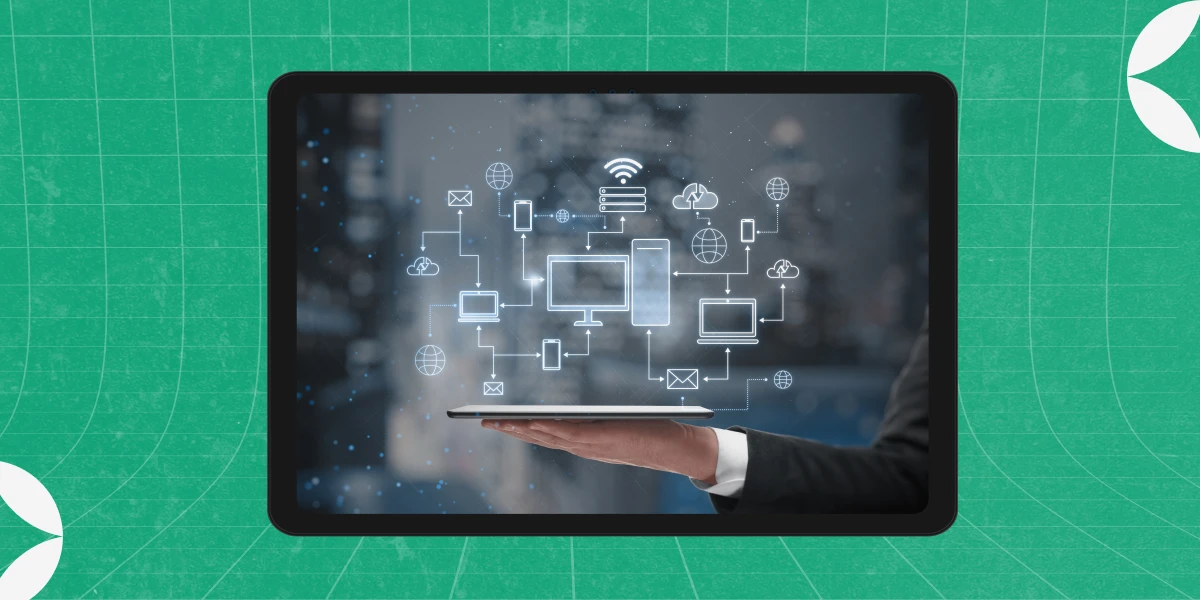
- IoT refers to the network of interconnected devices that can communicate and exchange data with each other. As IoT devices become more prevalent, developers will need to integrate them seamlessly into their applications.
- While product designers are primarily responsible for creating IoT devices, full stack developers play a crucial role in developing applications that utilize and display the data generated by these devices.
- Companies like Xively and BugLabs have already started working on APIs that allow developers to communicate with IoT devices.
- In the coming year, developers will explore ways to incorporate IoT data into web platforms, enabling real-time data visualizations, predictive analytics, and personalized user experiences.
- This integration will require a deep understanding of IoT protocols, data management, and security considerations.
Must Explore Top 17 Best IoT Project Ideas
Before we move to the next section, make sure that you are strong in the full-stack development basics. If not, consider enrolling for a professionally certified online full-stack web development course by a recognized institution that can also offer you an industry-grade certificate that boosts your resume.
4. Advancements in AI Chatbots
AI-powered chatbots have been around for some time, but in 2025, we can expect to see significant advancements in this field.
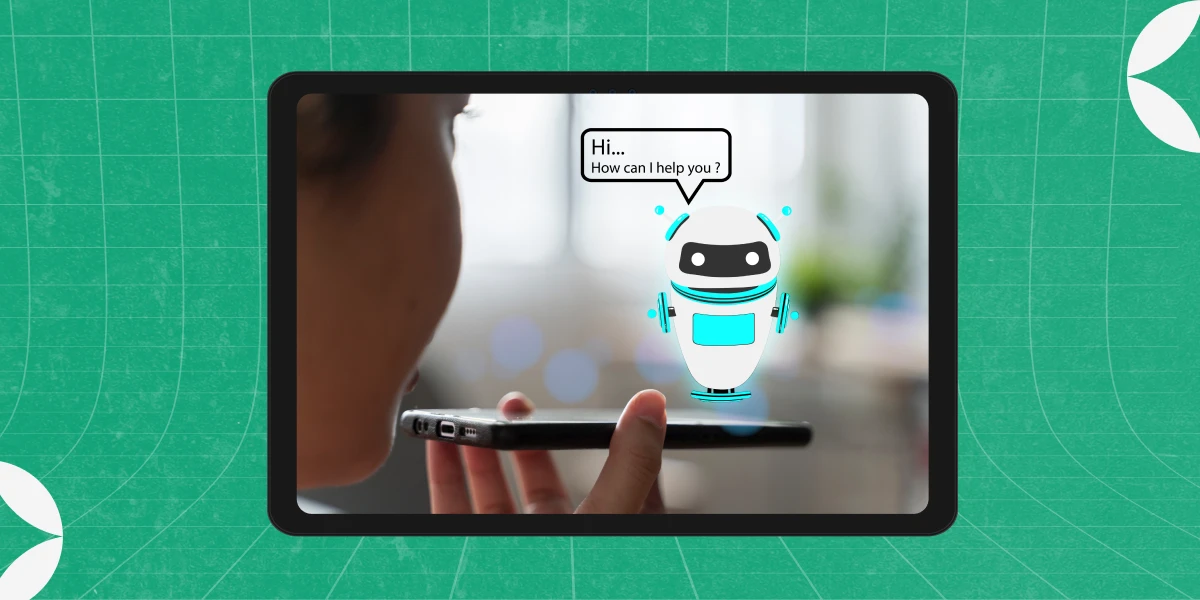
- Chatbots are becoming more accurate, intelligent, and user-friendly, providing businesses with new opportunities to automate customer support and improve engagement.
- Backend developers will have plenty of opportunities to work on chatbot development, as it requires complex information retrieval, natural language processing, and machine learning systems.
- Fluency in machine learning languages like Python, Java, and R will be advantageous for developers looking to excel in this area.
- The integration of chatbots goes beyond traditional customer support. Companies are now employing chatbots on social media platforms, expanding their reach and enhancing customer interactions.
- As a full stack developer, it is crucial to stay updated with the latest advancements in AI chatbot technology and explore how it can be incorporated into your projects.
Also Read: The Ultimate Guide to Real-World Full-Stack Development Applications
5. Evolving Frameworks: Angular 17 and Beyond
Frameworks play a vital role in full stack development, providing developers with the tools and structure necessary to build robust applications.
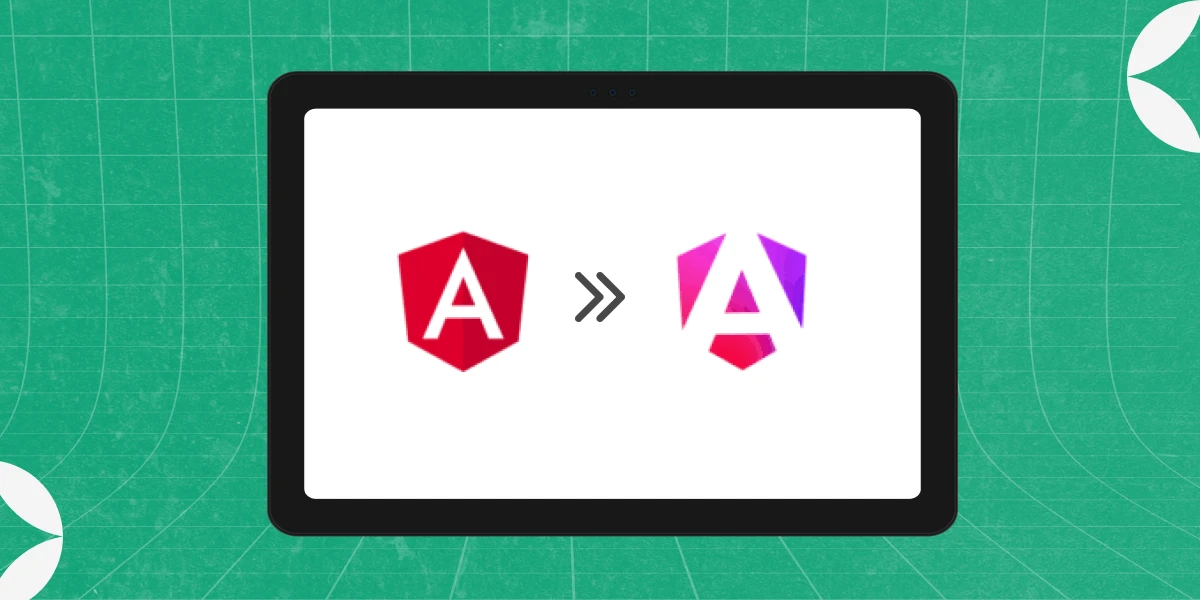
- Angular, Google’s popular JavaScript framework, has been continuously evolving and improving since its initial release.
- In 2025, developers can look forward to the release of Angular 17. This new version is expected to introduce exciting features and enhancements, further improving the developer experience.
- Angular 17 will take advantage of JavaScript ES6 features, embrace component-driven architecture, and offer a more defined and regular release schedule.
- As a full stack developer, it is essential to keep up with the latest updates in Angular and explore how these advancements can improve your workflow.
- Understanding when to deploy Angular versus other frameworks like React will help you make informed decisions and deliver high-quality applications.
Explore More About Top 10 Full-Stack Developer Frameworks in 2025
6. Yarn Package Manager for Efficient Dependency Management
Efficient dependency management is crucial for smooth and hassle-free development.
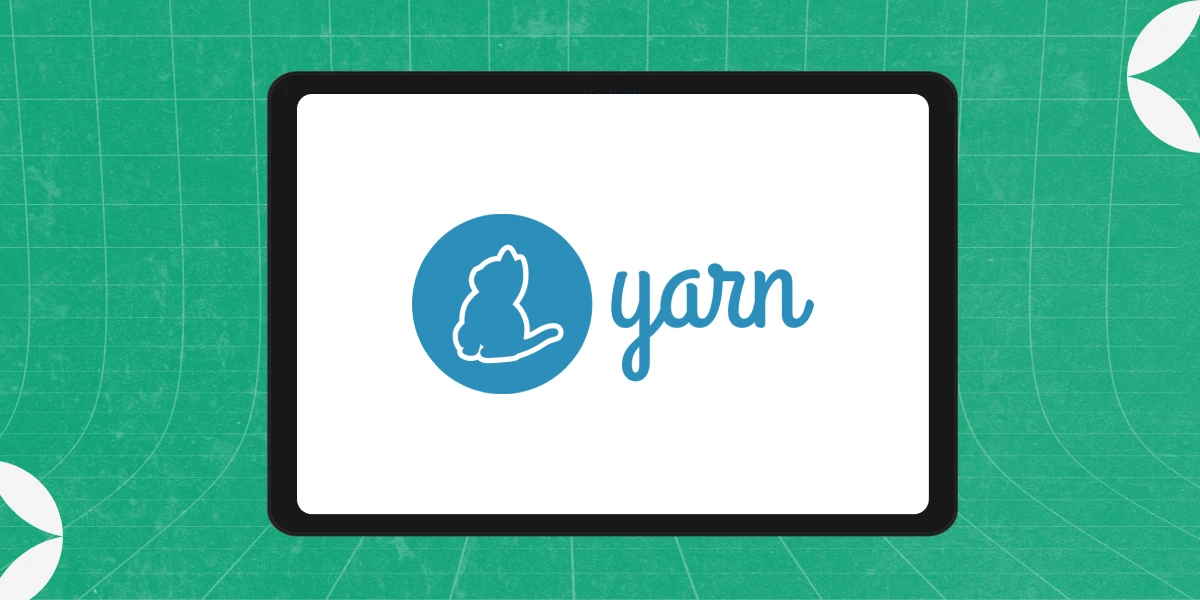
- Yarn, a package manager developed by Meta, Google, and Exponent, has gained popularity in the JavaScript community.
- It aims to address the performance, security, and consistency issues faced by developers using other package managers like NPM and Bower.
- Yarn offers several advantages over traditional package managers. It uses lockfiles to tie modules to specific versions, ensuring consistency across development environments.
- This eliminates the potential issues that arise from different module versions on different machines. Additionally, Yarn provides faster and more reliable dependency installations, improving overall development efficiency.
- As a full stack developer, incorporating Yarn into your workflow can streamline your development process and enhance collaboration with other team members.
- Taking the time to learn and understand Yarn’s features and capabilities will give you a competitive edge in 2025.
Also Read: Top 10 Tools Every Full-Stack Developer Should Master in 2025
7. The Rise of Static Website Generators
Static website generators have gained popularity in recent years due to their ability to create fast, secure, and scalable websites.
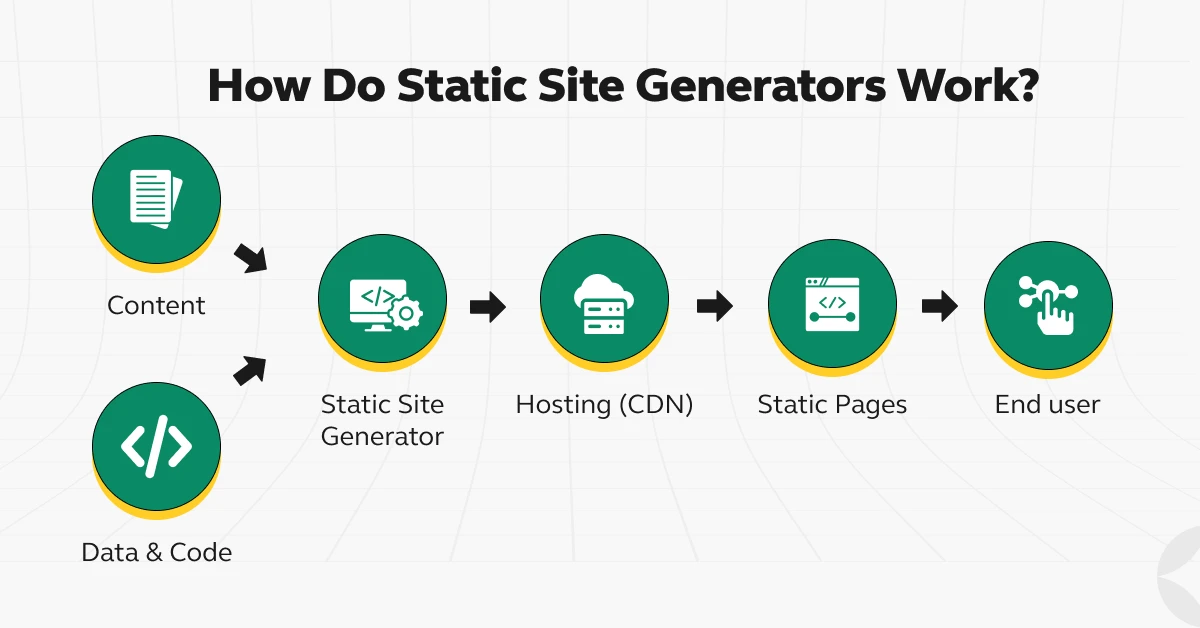
- Unlike traditional content management systems (CMS) that rely on databases, static site generators generate websites from plain text files stored on a server.
- Static websites offer advantages such as increased speed, improved security, easier deployment, and efficient handling of traffic surges.
- While they may lack real-time content and user interactions, the rise of content delivery networks (CDNs) and APIs has made it easier to deploy dynamic elements on static websites.
- In 2025, developers will continue to explore the potential of static website generators. Separating templates and markup from traditional full-stack development approaches allows for a more modular and efficient workflow.
- Keeping an eye on the latest static site generator tools and frameworks, such as Jekyll and Gatsby, will enable you to leverage the benefits of static websites in your projects.
Explore More: Top 9 Web Development Tools
8. Voice User Interface (VUI) and Voice Search
Voice recognition technology has been around for quite some time, but in 2025, we can expect to see significant advancements in this field.

- Voice user interfaces (VUI) and voice search are no longer limited to smart speakers like Amazon Alexa; they are becoming integrated into various applications and platforms.
- The combination of generative AI and voice search technology has paved the way for more accurate and natural language processing.
- Companies like Google have already incorporated generative AI into their voice search capabilities, improving accuracy and user experience.
- As a full stack developer, it is essential to optimize your applications for voice search and navigation, particularly for mobile apps.
- Voice search is no longer a “nice-to-have” feature; it is becoming a necessity. By leveraging VUI and voice search technologies, you can create applications that provide a seamless and intuitive user experience.
Must Explore: How Long Would It Take to Be a Full Stack Developer?
If you want to learn more about Full Stack Development and make a successful career out of it, then you must sign up for the Full Stack Development Course, offered by GUVI, which gives you in-depth knowledge of the practical implementation of all these trends and more through various real-life FSD projects.
Concluding Thoughts…
As we venture into 2025, the world of full stack development is poised for significant advancements. To thrive in this fast-paced environment, full stack developers must embrace these full stack development trends, continuously learn and adapt, and build strong foundations.
By staying informed and keeping up with the latest tools and technologies, developers can create innovative and impactful applications that meet the evolving needs of users and businesses alike.
Also Read: Top Ways to Assess Soft Skills in Full Stack Developers in 2025
FAQs
The best stack mostly depends on project requirements, but popular choices include MEAN, MERN, and Django. MEAN does take the cake for most though.
Trends in 2025 include increased adoption of AI/ML, low-code/no-code platforms, and serverless architecture. Read our article on the topic to know more!
Full-stack developers with expertise in in-demand technologies like React, Node.js, and Python tend to command higher salaries.
While AI may automate certain tasks, full-stack developers bring creativity and problem-solving skills essential for complex projects, making their role unlikely to be fully replaced by AI.


























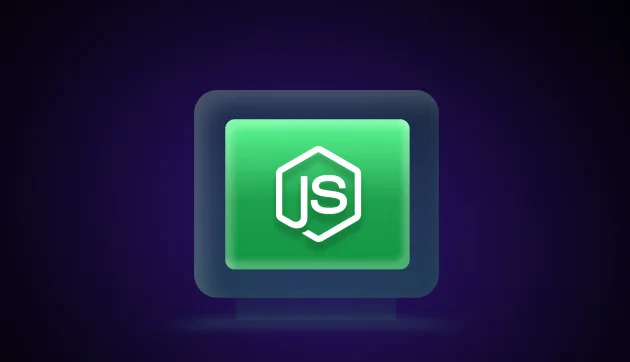
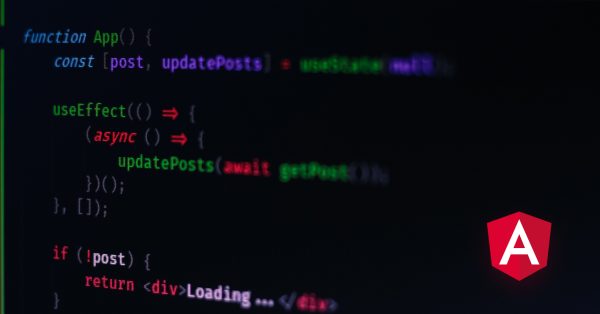
![A Comprehensive Guide to Microservices Architecture and Implementation [2025] 15 Feature Image - A Comprehensive Guide to Microservices Architecture and Implementation](https://www.guvi.in/blog/wp-content/uploads/2024/03/feature_image-1-1.webp)
![Exploring Serverless Architecture: Important Benefits and Challenges [2025] 16 Feature Image - Serverless Architecture](https://www.guvi.in/blog/wp-content/uploads/2024/04/Feature-Image.webp)
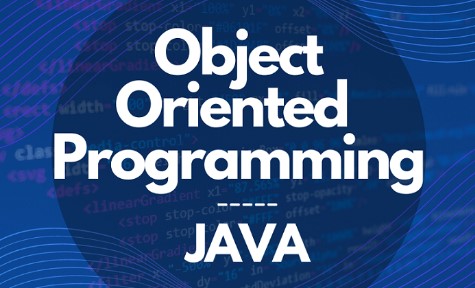

Did you enjoy this article?